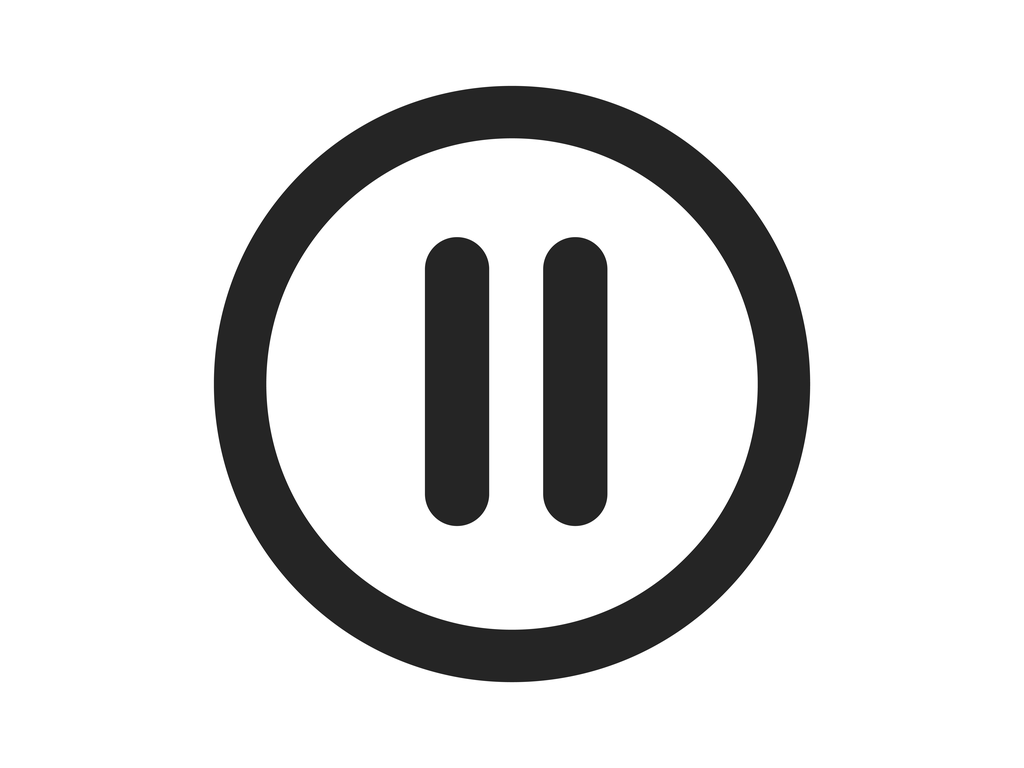
I was at a coffee shop recently, when a woman next to me looked ready to burst with anger. You could feel the frustration brewing in her, and she sighed louder than necessary while turning away, with disdain, from the baristas furiously working to fill orders.
When I smiled understandingly at her, she said, “I can’t believe how long this is taking!” She then turned to face the employees, ready to express her displeasure and potentially start a fight.
“You’re in the gap,” I told her quickly. “Are you open to hearing a new concept I am thinking about?”
She turned to me and nodded in gratitude, welcoming the distraction. I explained how “the gap” is the moment between something happening to you — or, in this case, something not happening, i.e. an espresso taking far longer than expected, and how you choose to respond.
As I shared this insight with her, I suggested that she had a choice. She could get mad at the cafe staff, and carry that anger with her for the remainder of the day, or at least for an hour or two. Or she could realize that she was on vacation (we were in Colorado at a popular vacation destination), and if she waited a few minutes the coffee would surely arrive. She would then have the calmness, and self-satisfaction, of having chosen a smoother path, of having selected calmness and ease over anger and a difficult encounter at, arguably, the best cafe in town where she might want another coffee tomorrow.
Having made her aware of “the gap,” she decided to wait. A few minutes later she got her coffee and walked out with a lightness she would not have had after a tense encounter with a frenzied barista.
This is the gap. It is the moment of decision about how you will respond to a frustrating situation or to an email or text that immediately sparks negative emotions.
Within the gap, we have “the choice” — will you respond with ease, grace and kindness, or will you respond with meanness? Sometimes that is the right answer. But other times, especially if it is an interaction with someone you don’t know well or won’t see often, the smart thing to do is to let the small annoyance go. You can choose to answer mean with indifference or even with kindness. This is our choice within the gap. This is our freedom. Sometimes, even often, the right thing to do — is to take this freedom.
I lead a Meditation Teacher Training course, and the subtheme of the entire program is freedom.
The idea is that with mindfulness, we can stop, or at least pause, on our automatic reactions. And then, within what I call the gap, we can make active choices about what we want our responses to be.
Try this tomorrow. Choose one moment when you’re in the gap. And make a choice that’s different from your normal reaction. See how this feels, and how your energy shifts. Tune into how this may also shift how you think about yourself.
I recently wrote an article about the art of living lightly.
At this time in the world, that decision, made within the gap, is incredibly empowering. It is a way for us to exert control over our days, and in the end our lives. It is a way for us to live in an easier, more graceful way. I’d love to know how this goes for you! You can find me at @dinakaplan on Instagram, so please let me know. And enjoy your new power. To make wise decisions in the gap. After a small pause of mindfulness. And to begin taking control of your responses, and the energy you bring to all of the interactions in your life.








